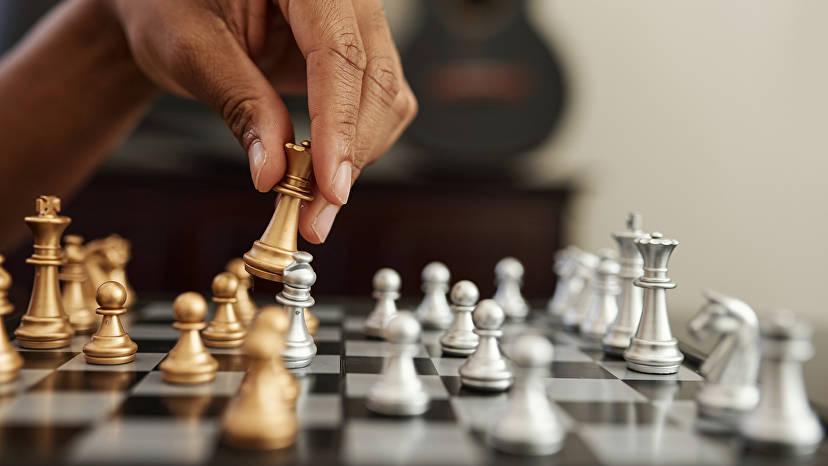
How to play chess for beginners: setup, moves and basic rules explained
DO NOT UPLOAD OR COPY MY BLOG WITHOUT MY PERMISSION
Chess is possibly the most recognised
tabletop game - ever. It has been widely loved and played across the world for centuries, and has inspired one of the most popular Netflix series' in recent times: The Queen's Gambit.Often we are taught how to play chess as children, but for some it’s been a while since their last game. Beginners and long-term players are welcome here, and we present a few basic rules you might have missed, going beyond how to move and capture pieces to essential chess rules such as en passant and castling.
How to play chess for beginners
SETUP:Which square does the queen go on? Find out as we get ready to play by placing your pieces.
Basic rules: Learn how each chess piece moves and captures.
Check and checkmate: Surround your opponent’s king to win.
Advanced rules: Promotion, en passant and castling explained.Whether you’ve just rediscovered chess or are sitting down to play for the very first time, we’ve put together this beginner-friendly guide on how to play. This guide includes all of the basics you need to know when learning chess, from which square to place the queen on during setup to when to call “checkmate” and claim victory.
While you’ll find everything you need to play a casual game of chess below, we haven’t gone into as much depth on advanced elements such as specific openings, board positions or tournament rules. These are the pure basics to get you playing as quickly as possible, without worrying about timing your turns or defending against specific openings. Once you know the basics of how to play, you can learn new strategies, tactics and deepen your understanding of the game as you play, gradually refining your skill and experience. Who knows, perhaps this might be the first step on your path to becoming the next grandmaster.
How to set-up a chess board
Chess is played by two players on a chess board measuring eight-by-eight squares. The 64 squares alternate between light and dark colours - traditionally, black and white. When properly set up, a white square should be the rightmost square along the edge closest to each player.
Players’ pieces are set up in the two horizontal rows (known as ranks) closest to each player. The second rank - ie. the second row from the player’s perspective - consists of a line of eight pawns, each placed on a single square.The closer rank is nearly symmetrical, with rooks (also known as castles) placed on the two leftmost and rightmost corner squares, followed by knights on the inside space next to them, then bishops.
The two central squares of the rank are occupied by the king and queen. The queen is placed on the square matching her colour (for example, the black queen on the black square), with the king occupying the remaining square of the opposite colour. This means that the king and queen of each colour face each other, making the correct setup symmetrical between the two players.
The white player takes the first move, with players alternating single turns until a player is defeated via checkmate or resigns. A draw can also be agreed. If playing with an optional timer, as in tournaments, the first player to run out of time forfeits the game.

Basic chess rules
In chess, each player takes turns to make a single move. Players cannot choose to skip a turn - they must move a piece. Each chess piece moves in a specific way, and must be moved according to its legal movement.Except for the knight, which may jump over pieces, pieces cannot move through pieces of either colour without either stopping (in the same of a piece of the same colour) or capturing them (in the case of a piece of the opposite colour).
